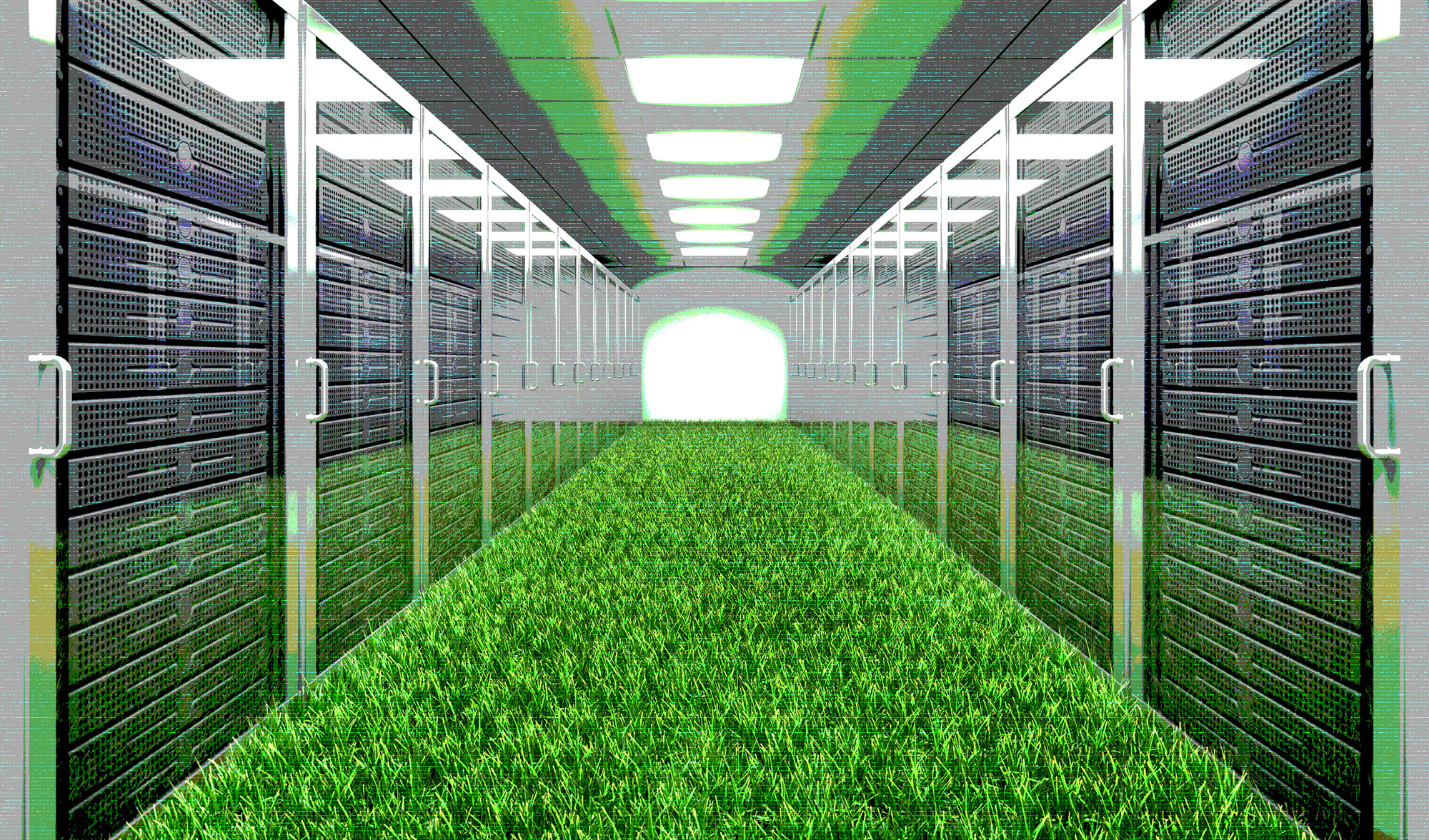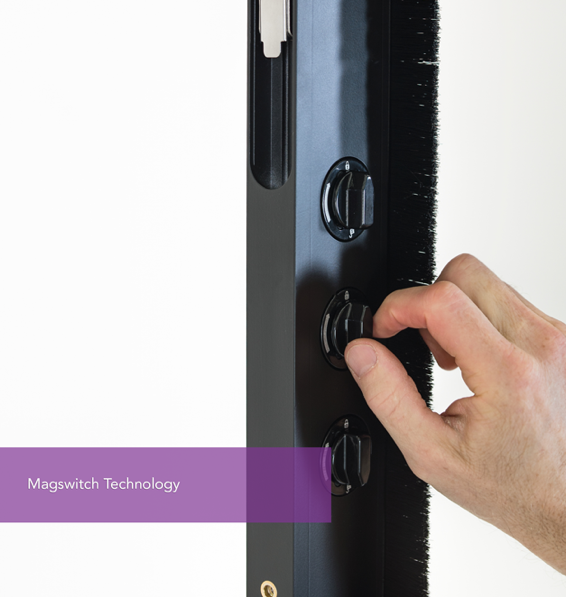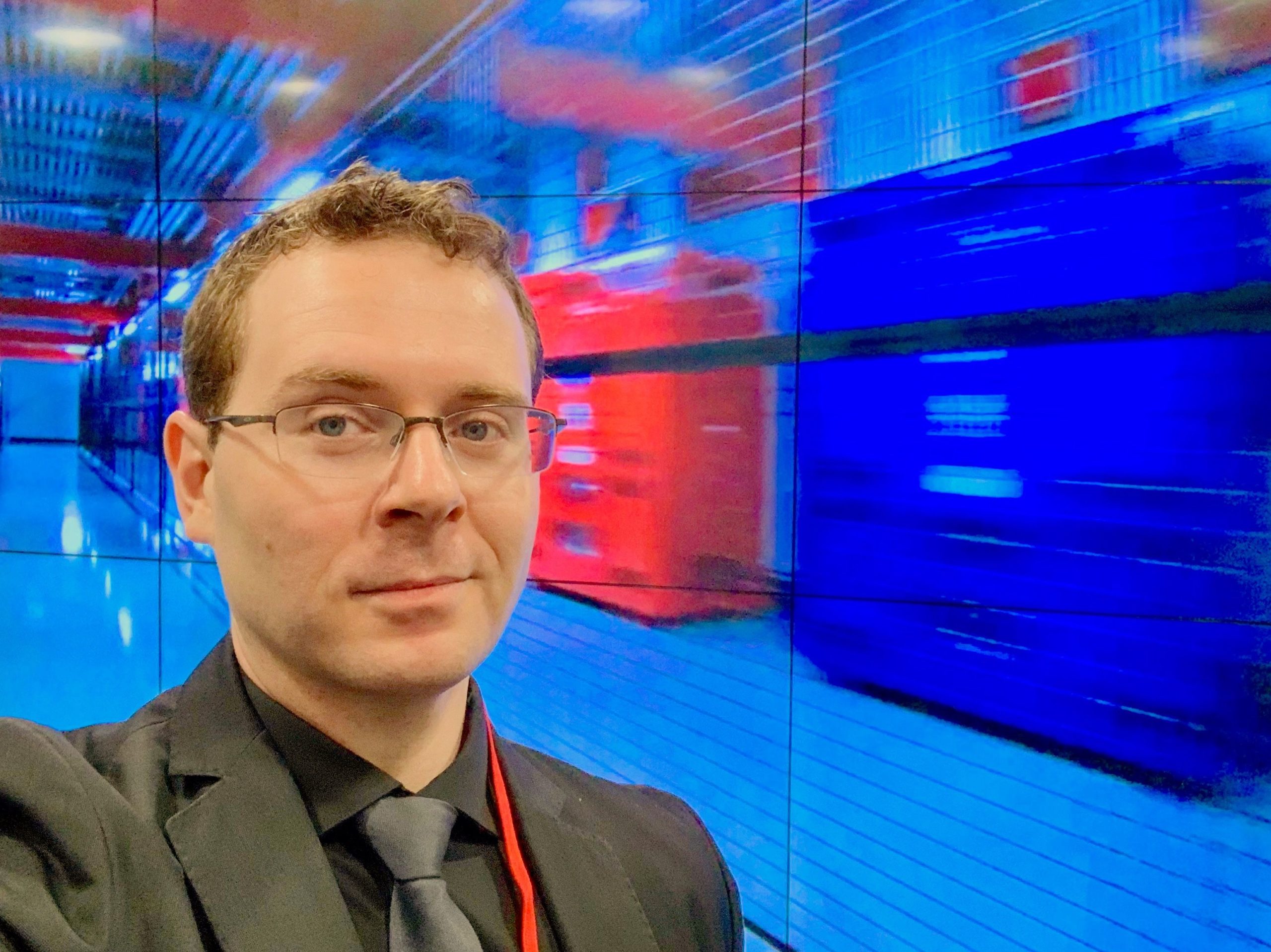Airflow Management: A Data Center’s Path to a Greener Future16 min read

I remember at the last Data Center World conference I was having numerous conversations about running a more efficient and green data center. Then, on the expo floor, I saw many solutions that can actually make it happen. Going green is a movement that helps save both money and the environment, so it’s an obvious route many people would like to take, and airflow management helps you get there. However, I’ve learned that there are preconceived notions that it’s just too hard to deploy new airflow management mechanisms. So, companies stick with what they have and look for optimization elsewhere. Well, there are actually some really cool magnetic and even tool-less designs which have made airflow management more like a Lego approach and therefore much easier to deploy. You just need to find where there are areas of less efficiency and see if this type of solution fits.
Before we go into talking about tool-less designs, it’s really important to note that many organizations are already investing in green technologies to support better data center economics, greater levels of efficiency, and to improve the corporate image. Looking at the market in general, the airflow management industry was valued at $419.8 Million in 2016. However, according to MarketsandMarkets Research, the market is expected to reach $807.3 Million by 2023, at a CAGR of 9.24% between 2017 and 2023. What’s driving this growth? The growing demand for green data centers globally. Factors such as, increasing number of data centers worldwide and improving cooling efficiency and thermal management in data centers, are driving the growth of the airflow management market.
Let’s focus back on the data center for a second. A recent Transparency Market Research report points out the explosion in the amount of data generated has led to the growth of data centers globally. However, the major problem data center owners and operators face is the need for additional cooling capacity as the present system does not offer adequate temperature at the IT equipment inlets. But in most cases, the problem is not one of insufficient cooling capacity, but of poor airflow management. Airflow management involves directing and blocking of conditioning and exhaust air by using many devices such as raised perforated tiles and grills, grommets, blanking panels, containment and more.
And, without good airflow management, there’s no way you’ll be able to deliver a greener data center. So, what do you do? Rip everything out and start over? Invest in really expensive means to deliver better airflow management? Or, build a new data center entirely? Maybe the latter is a bit extreme only to achieve better airflow results, but something will need to be done to help your data center ‘breathe’ easier. On that note, some good news. In today’s data center-dependent world, leading partners are creating solutions to help resolve some of the most complex airflow management challenges out there. But, you’ll need to think outside the box to make this happen.
- Applying airflow management science to cooling and efficiency. It’s critical to remember that there are services which can help you analyze your cooling ecosystem on an on-going basis. These types of approaches are specifically designed with optimum airflow management as the foundational science. Furthermore, they can be custom-designed to generate energy savings, release stranded capacity and improve system reliability. These types of services offer a global perspective and understanding of the importance of energy conservation while contributing to operating expense reduction, increased density capabilities and improved data center reliability. The key point here is that deploying one solution may only solve a part of your problem. But, what if you’re not actually seeing the big picture? Doing a cooling analysis will allow you to see your data center holistically and where to apply resolutions.
- Approaching a new, tool-less design. Let me give you a very specific example, Upsite Technologies offers Sliding Doors that allow data centers to achieve aisle-end containment in just minutes and without the need for contract labor. The tool-less design allows for quick and easy installation, removal, and re-installation with exclusive Magswitch® technology — no drilling required. The Sliding Doors reduce data center operating costs by improving thermal efficiency and reducing IT equipment intake temperatures, which enhances both equipment life and reliability.

(Image Source: Upsite)
The image above shows how you can install an entire door and secure it simply by engaging a magnet and locking it into place. This is the kind of tool-less design that allows you to deploy data center airflow management upgrades quickly and efficiently.
Now for my final and really important point… You’ll read all about airflow management, the kinds of things it can do for your data center, and how it’ll all lead to a greener future. However, these are just words unless you actually try it out. The beauty with some of these designs is that it makes trials and proof-of-concepts infinitely easier. Get a few of these units and see how well they fit into your data center. This is the best way to really learn the design architecture behind these solutions and how they can specifically optimize your environment. You’re not looking at a data center overhaul. Rather, with a scientific approach, you’ll understand where there are gaps in airflow management efficiency and where these types of solutions can be applicable.

Bill Kleyman
Industry Analyst | Board Advisory Member | Writer/Blogger/Speaker | Contributing Editor | Executive | Millennial
Bill Kleyman is an award-winning data center, cloud, and digital infrastructure leader. He was ranked globally by an Onalytica Study as one of the leading executives in cloud computing and data security. He has spent more than 15 years specializing in the cybersecurity, virtualization, cloud, and data center industry. As an award-winning technologist, his most recent efforts with the Infrastructure Masons were recognized when he received the 2020 IM100 Award and the 2021 iMasons Education Champion Award for his work with numerous HBCUs and for helping diversify the digital infrastructure talent pool.
As an industry analyst, speaker, and author, Bill helps the digital infrastructure teams develop new ways to impact data center design, cloud architecture, security models (both physical and software), and how to work with new and emerging technologies.







0 Comments